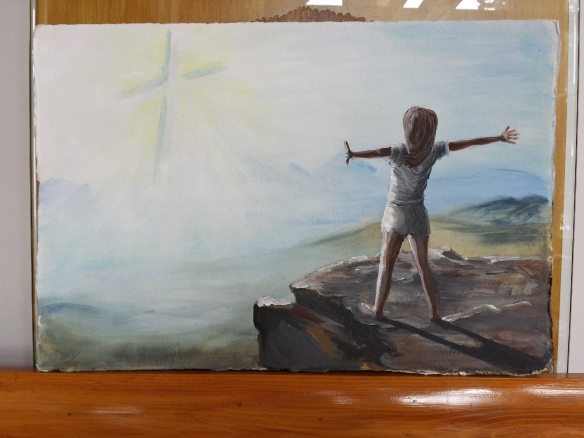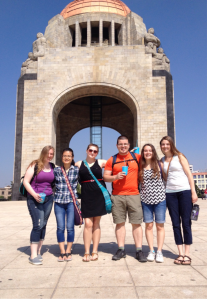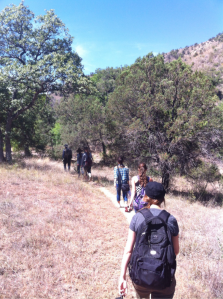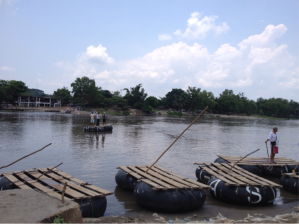A Restorative Justice reflection on the Confession of Faith in a Mennonite Perspective (Articles 20 – 23)
Wildwood Mennonite Church recently invited me to contribute a sermon to their series on the Confession of Faith Articles. The following blog posts are adapted from this sermon.
Introduction
What is the Confession of Faith in a Mennonite Perspective? See the first blog in this series for a brief introduction.
The following is part a sermon that reflected on the following 4 articles within the Confession of Faith
- Article 20 – Truth
- Article 21 – Christian Stewardship
- Article 22 – Peace, justice & Non-resistance
- Article 23 – Church’s relation to Government and Society

Article 22 – Peace, Justice and Nonresistance
“We believe that peace is the will of God,” and that “Jesus taught love of enemies, forgave wrongdoers, and called for right relationships” states Article 22.
We talk about “right relationships” a lot. Right relationships has been how the previous articles have been framed in this blog series:
- Right relationships in truth telling: Speaking the truth in love within the Christian community shows our commitment to right relationships as well as to accurate speech
- Right relationships in stewardship: Using time stewardship to maintain right relationships that assist people in difficult transitions
- Right relationships with how we advocate for each other: Many parties coming together in mutual respect/right relationship to learn and promote positive change in our communities.
Here in Article 22 right relationships are pivotal in practicing peace, justice and nonresistance.
Right relationships are also mentioned in MCC’s Mission Statement:
Mennonite Central Committee (MCC), a worldwide ministry of Anabaptist churches, shares God’s love and compassion for all in the name of Christ by responding to basic human needs and working for peace and justice. MCC envisions communities worldwide in right relationship with God, one another and creation.
But what do we exactly mean by “right relationship?”
Throughout my time working for MCC I’ve often utilized an exercise developed by John Paul Lederach in which people personalize the concepts of Truth, Justice, Mercy, and Peace when approaching a conflict. Psalm 85:10 is the premise of this activity – Truth and Mercy have met together. Justice and Peace have kissed. It is a powerful exercise, which can be read about here. The outcome of the activity is to bring these four values into a space where reconciliation of the conflict can be found. Lederach notes that in this way reconciliation is seen as a “social phenomenon” representing a place or location of encounter where people meet with the goal of working on relationships and creating new shared experiences.
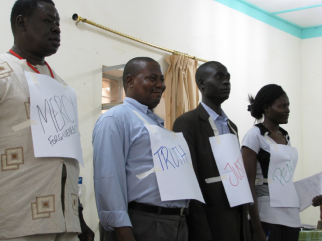
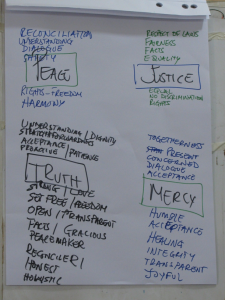
In reading through Articles 20 – 23 of the Confession of Faith in a Mennonite Perspective I was reminded of this exercise and struck by the similar values that are presented: truth, stewardship, care, mercy, peace, justice. Seeking reconciliation at the intersection of these values is essential for conflict transformation but what about during our everyday interactions? What about the relationships and areas of life that the Confession of Faith articles are addressing? I believe that if we are seeking truth, mercy, peace, and justice in our daily lives then we are living within right relationships.
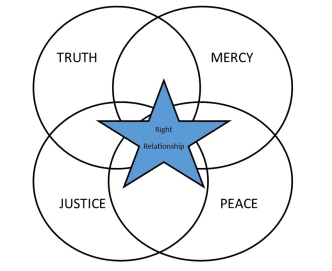
These 4 articles of faith do not give us easy answers in navigating relationships or issues that we find in our churches, daily life, or society. In fact, they encourage us to wrestle with complexities. However, if we observe right relationships and reconciliation as a “social phenomenon” this may assist us in navigating some of these complexities. This is a place or location of encounter that welcomes paradoxes. The paradox of articulating a painful past while also speaking to an interdependent future, the seeming contradictions between truth and mercy, and the belief that justice and peace can be realized for everyone. It is a space where these values come together, yet each hold their own space.
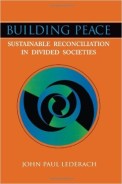 As John Paul Lederach reflects in his book, Building Peace,
As John Paul Lederach reflects in his book, Building Peace,
This is a space that promotes an encounter between the open expression of a painful past and the search for a long-term interdependent future. It is an opening that provides a place for truth telling and mercy to meet while validating and embracing relationships. It is a space that recognizes the need to give time and place for both peace and justice, where redressing a past wrong is held together with the envisioning of a common, connected future.
Restorative justice work attempts to break cycles of violence through invitations of honest interactions, holding people accountable, addressing root causes, and offering hope for the future. Restorative justice seeks to bring about justice and peace in a space of non-resistance. This is an area riddled with paradoxes and complexities. It is a space where the guidance of the Confession of Faith from a Mennonite Perspective can be a helpful reminder that we cannot do this work alone but only within community and right relationships.
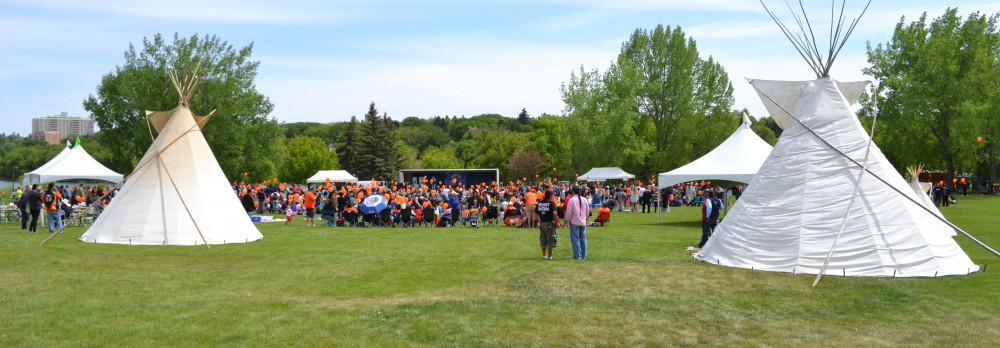


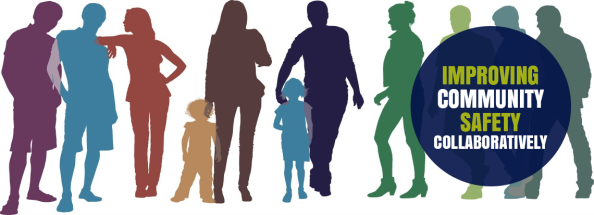
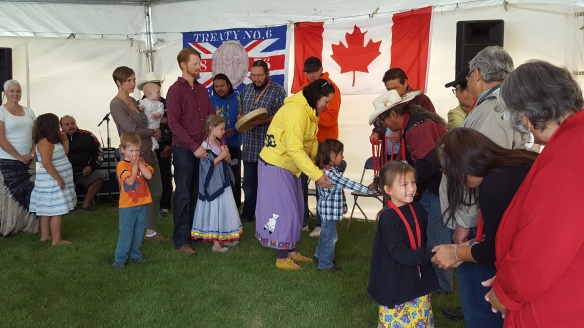
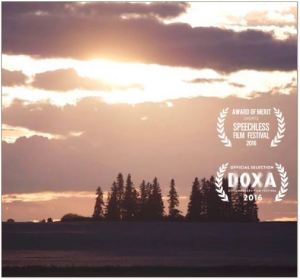 But more significantly, this coming together represents a tangible story of reconciliation (this story is beautifully told in the film
But more significantly, this coming together represents a tangible story of reconciliation (this story is beautifully told in the film ![20160823_135421[1]](https://peacebuildingontheprairies.files.wordpress.com/2016/09/20160823_1354211.jpg?w=584)
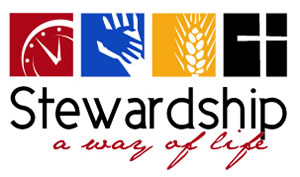
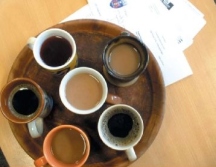
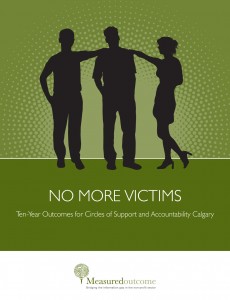
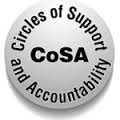 Christian stewardship calls us to make to wise investments. This restorative justice program is an example of how we can wisely invest our time to work for salvation, healing, and justice.
Christian stewardship calls us to make to wise investments. This restorative justice program is an example of how we can wisely invest our time to work for salvation, healing, and justice.





